In Sins of a Solar Empire: Rebellion, planets play a role similar to cities in Civilization—they form the very core of your empire. Therefore, it is crucial to understand how to effectively manage them.
There are two primary types of planets: colonizable and uncolonizable. Colonizable planets can be captured, developed, and serve as the backbone of your empire. Uncolonizable planets, such as Gas Giants and small asteroid fields, are generally less significant. However, uncolonizable gravity wells often contain neutral resource extractors that can be claimed using colony frigates or scouts (in the case of Vasari).
Some uncolonizable planets may also possess unique tactical conditions, such as asteroid fields that reduce ship accuracy or magnetic clouds that disable special abilities. While you cannot construct standard structures in uncolonizable gravity wells, deploying starbases with constructor ships allows trade lanes to pass through these areas.
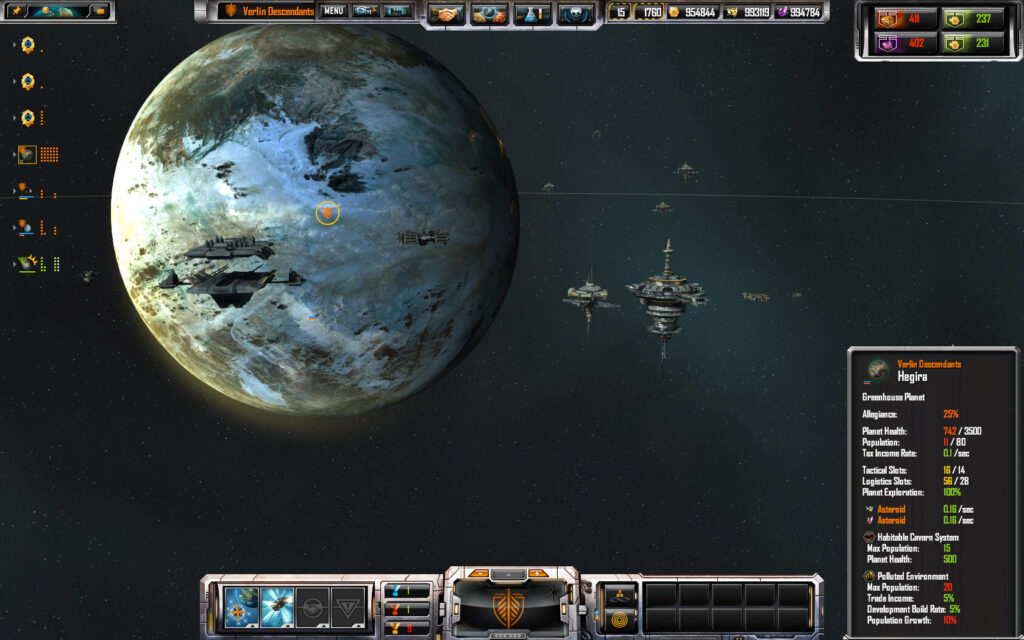
Colonizable planets hold much greater importance. Each of these planets possesses several common attributes:
- Population: Provides credit income for your empire through taxation.
- Allegiance: Reflects the planet’s loyalty to your empire. Low allegiance leads to reduced income rates and vulnerability to enemy culture. If allegiance reaches zero, the planet will revolt and be lost to your control.
- Resource Asteroids: Some planets have metal and/or crystal asteroids in orbit, which can be utilized for mining operations.
- Health: If a planet’s health is depleted, it reverts to a neutral status, resulting in the loss of any built planet infrastructure and enabling enemies to colonize it.
- Tactical Slots: Determines the number of fortifications that can be constructed around the planet.
- Logistical Slots: Indicates the number of civic structures that can be built around each planet.
- Exploration: Reflects the extent to which the planet has been explored. Exploring planets may lead to the discovery of powerful resources or ancient artifacts that provide unique bonuses.
With the exception of allegiance, all these attributes can be increased through planet upgrades, up to a certain point. Allegiance is influenced by the planet’s distance from your homeworld, as well as cultural factors.
When first colonizing a planet, it will suffer from underdevelopment, resulting in negative income. To rectify this, research population upgrades and acquire enough of them to eliminate underdevelopment as soon as possible. Asteroid and Dwarf planets typically require only one upgrade, while all others necessitate two.
Once you have achieved positive credit income through taxation and established mining operations, your colony will become moderately profitable. However, as your empire expands, it becomes necessary to construct more advanced infrastructure, such as research labs, frigate factories, and trade ports. These structures consume logistical slots, and each planet has a limited capacity for supporting such facilities.
By effectively managing your planets, optimizing population upgrades, and strategically developing infrastructure, you will lay a solid foundation for your empire in Sins of a Solar Empire: Rebellion.

Sins of a Solar Empire Planet Types
In the vast universe of Sins of a Solar Empire, planet types play a crucial role in shaping the gameplay experience. Each planet offers unique characteristics and strategic advantages, making it essential for players to understand the different types and their specific attributes. Whether you’re a fan of the TEC, Advent, or Vasari factions, exploring and exploiting various planet types is key to success in this epic space strategy game.
Colonizable Gravity Wells (CGWs)
Terran Planet

Terran planets resemble Earth in many ways, boasting habitable conditions and abundant water sources. These planets are adorned with lush photosynthetic flora, making them visually appealing. Their favorable conditions, ample water supply, vast land masses, and natural resources make them highly desirable for colonization. The TEC faction particularly favors Terran planets, as their research provides a significant population boost of +30%. Due to their attractiveness, Terran planets tend to be heavily defended by militia forces.
Desert Planet
Desert planets, as the name suggests, are dry and sandy worlds with limited water resources. The harsh environment supports a relatively small population compared to Terran planets. However, what they lack in population capacity, they make up for in logistics slots. Desert planets are excellent candidates for establishing shipyards or research stations due to their higher logistics capabilities. The Advent faction favors these planets, benefiting from a research bonus that grants them a +30% population increase. Desert planets come in two sub-types: ‘Home’ and generic versions, with only minor visual differences. Despite their lower population, they are still defended by a significant militia presence.
Volcanic Planet

Volcanic planets are characterized by their intense heat and abundant volcanic activity. Only the hardiest civilizations can survive the unbearable climate, requiring specific research to colonize these worlds. However, the reward is worthwhile, as Volcanic planets typically possess more Metal resources than other planet types. The Vasari faction favors these fiery worlds, utilizing research that grants them an impressive +60% population increase. While their population still falls short compared to Terran, Desert, and Ice worlds, the resource-rich nature of Volcanic planets makes them valuable assets.
Ice Planet

Ice planets are cold and desolate, with small thawed oases providing pockets of liquid water. These worlds can support a population with the appropriate research, although the harsh climate limits the number of inhabitants. Despite the challenges, the potential rewards make it worthwhile, as Ice planets often contain abundant Crystal resources compared to other planet types.
Barren Planet
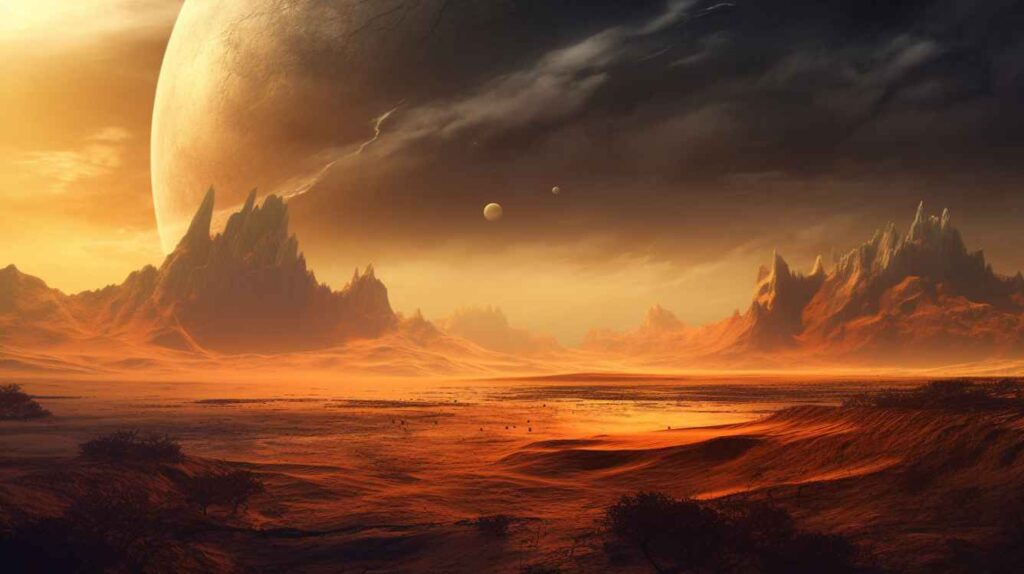
Barren planets, as the name suggests, support low population levels. However, they compensate for this with the highest number of logistics slots among all planet types. Barren planets are perfect for establishing logistical infrastructures, enabling efficient resource management and fleet deployment.
Ferrous Planet
Ferrous planets are a sub-category of Barren planets known for their vast deposits of metal asteroids, surpassing even Volcanic planets in terms of metal resources. Colonizing these planets requires specific research. Due to the abundance of valuable metal asteroids, Ferrous planets often attract substantial militia defense forces, similar to Terran or Desert planets.
Oceanic Planet
Oceanic planets are primarily covered in oceans, dotted with only a few islands. These planets offer the potential for housing a far greater population than even Terran worlds. The vast expanses of water provide ample resources and living space, making Oceanic planets highly coveted territories.
Greenhouse Planet
Greenhouse planets are characterized by their thick, dense atmospheres, resulting in excessive heat on the surface. While this poses challenges, it also complicates bombardment attempts. The extreme climate of Greenhouse planets creates a unique strategic environment for players to navigate.
Asteroid
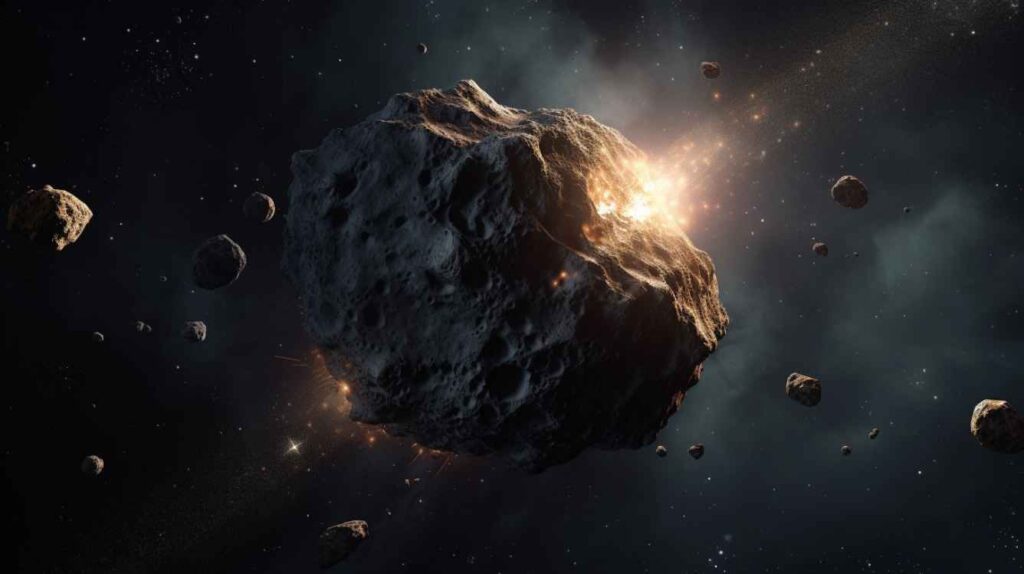
Asteroids, although not traditional planets, play a significant role in the game. They are rich in resources, making them profitable targets for exploitation. Additionally, asteroids can support multiple defensive systems and even minimal mining settlements. They are frequently connected to the homeworlds of various sentient races, further highlighting their importance.
Dwarf Planet
Dwarf planets, similar to asteroids, have limited intrinsic value but excel in mining potential. Their larger size allows for a higher planetary population compared to asteroids. Like asteroids, they are commonly found near the homeworlds of sentient races.
Dead Asteroid
Dead asteroids are asteroids that serve little purpose beyond hosting orbital military installations. They cannot be mined or support settlements, rendering them virtually useless. However, their strategic location may still make them relevant in certain scenarios.
Pirate Base
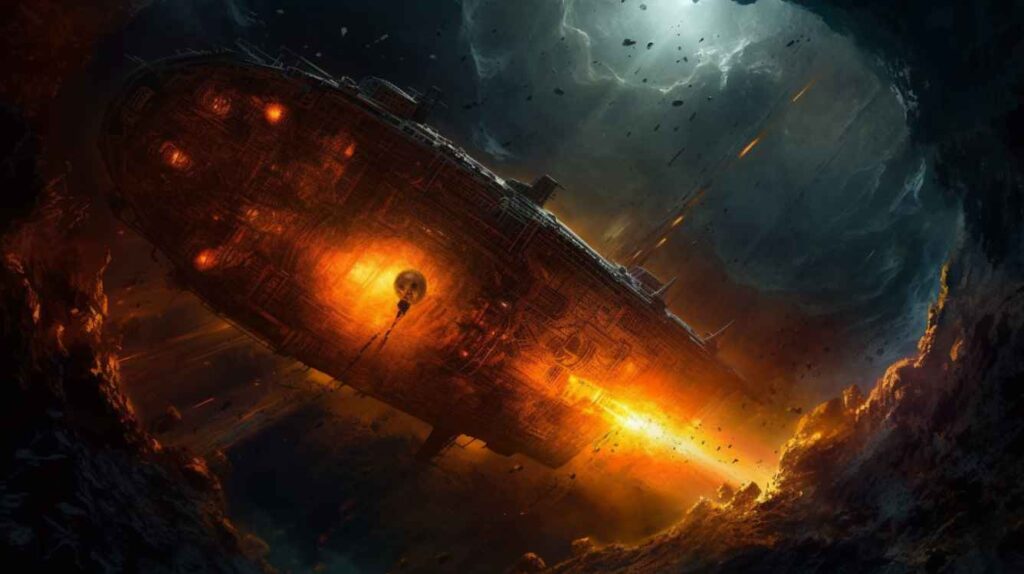
Pirate bases serve as the logistical headquarters of the infamous Pirate faction. From these bases, pirates launch their raids against star systems. Due to their strategic importance, pirate bases are heavily fortified and protected by formidable pirate forces. Additionally, controlling a pirate base can provide a small amount of income to the faction in control.
Ship Graveyard

Ship graveyards, similar to dead asteroids, lack a population when colonized and do not offer logistics slots. However, they can house tactical structures and are often targeted during rebellions due to their significance.
Uncolonizable Gravity Wells (UCGWs)
Space Junk
Space junk gravity wells are characterized by their small size and lack of significant features. These gravity wells often have neutral resource extractors that can be captured by specific colony frigates or scout frigates from different factions. Extractors in space junk gravity wells have unique properties, including a higher extraction rate and increased allegiance. They also offer additional refinery slots, resulting in increased resource output compared to colonizable planets’ extractors.
Gas Giant
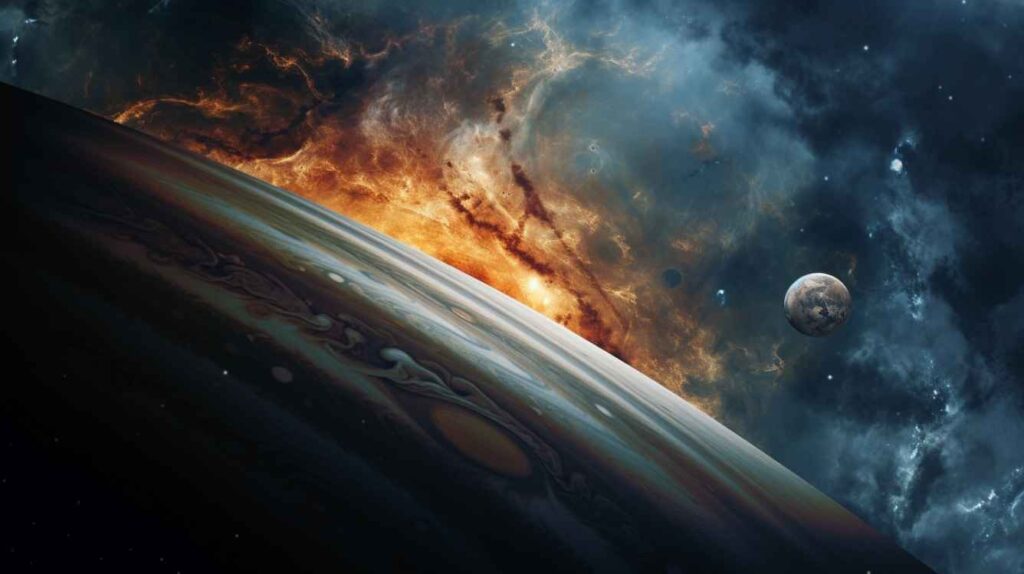
Gas giants are massive celestial bodies with large well sizes. They possess neutral resource extractors that can be captured like those in space junk gravity wells. Gas giants, however, come with their own set of effects. They have a chance of generating explosive gas, causing area-of-effect damage during battles. Careful navigation and strategic positioning are essential when dealing with gas giants.
Asteroid Belt
Asteroid belts consist of numerous asteroids clustered together. They share similarities with space junk gravity wells in terms of neutral resource extractors and the ability to capture them. However, asteroid belts have their unique effect known as “Erratic Debris.” This effect causes decreased accuracy for all units within the gravity well, adding an element of unpredictability to battles.
Plasma Storm

Plasma storms are characterized by their small well sizes and neutral resource extractors. Similar to gas giants and asteroid belts, plasma storms can have extractors captured. The special effect associated with plasma storms is the disabling of strike craft, rendering them ineffective during battles. Tactical planning and adjusting fleet compositions become critical in the presence of plasma storms.
Magnetic Cloud
Magnetic clouds, despite having small well sizes, lack neutral resource extractors. This feature sets them apart from other uncolonizable gravity wells. The special effect of magnetic clouds is the complete disablement of special abilities, affecting both ships and starbases. This restriction adds an additional layer of strategic decision-making during engagements.
Antimatter Fountain
Antimatter fountains, with their small well sizes, do not possess neutral resource extractors. Instead, they offer a unique special effect of significantly higher antimatter regeneration rates. Ships within these gravity wells receive antimatter from damage inflicted by other ships, creating an interesting dynamic during battles. Managing antimatter resources becomes crucial when dealing with antimatter fountains.
Comet
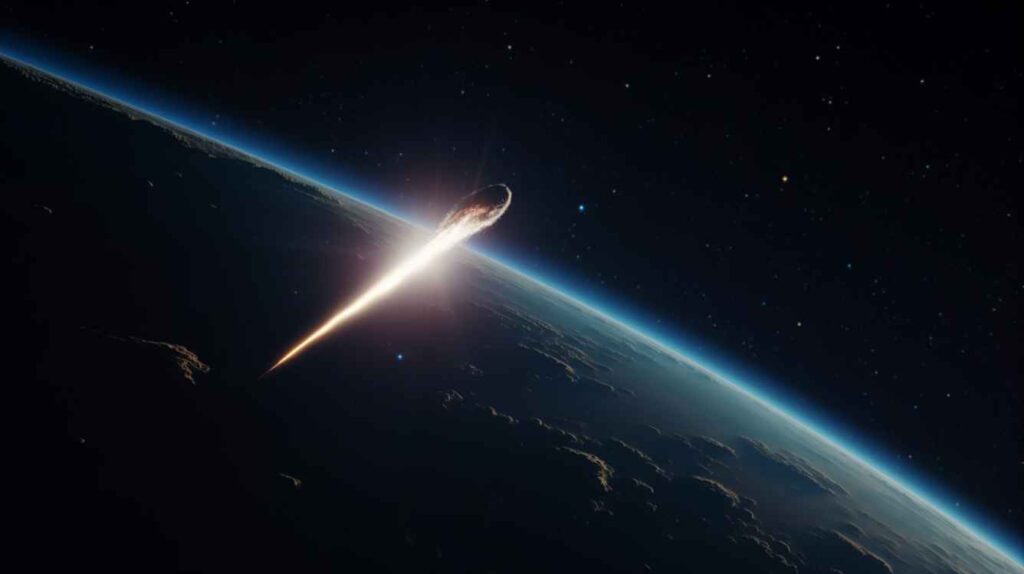
Comets are small well-sized gravity wells that, like other uncolonizable gravity wells, lack neutral resource extractors. However, they have their distinct special effect known as “Maximum Speed Reduction.” Comets cause a reduction of maximum speed, acceleration, and turn rate by 30% for all units within the gravity well. Navigating through comet-infested regions requires careful maneuvering and strategic planning to mitigate the impact on fleet mobility.
Ice Field
Ice fields, similar to comets, do not possess neutral resource extractors but have their own special effect called “Damage Propagation Increase.” This effect causes damage to propagate more effectively among units within the gravity well. It is essential to consider the increased damage potential and adjust tactical approaches accordingly when operating in ice fields.
Radiation Storm
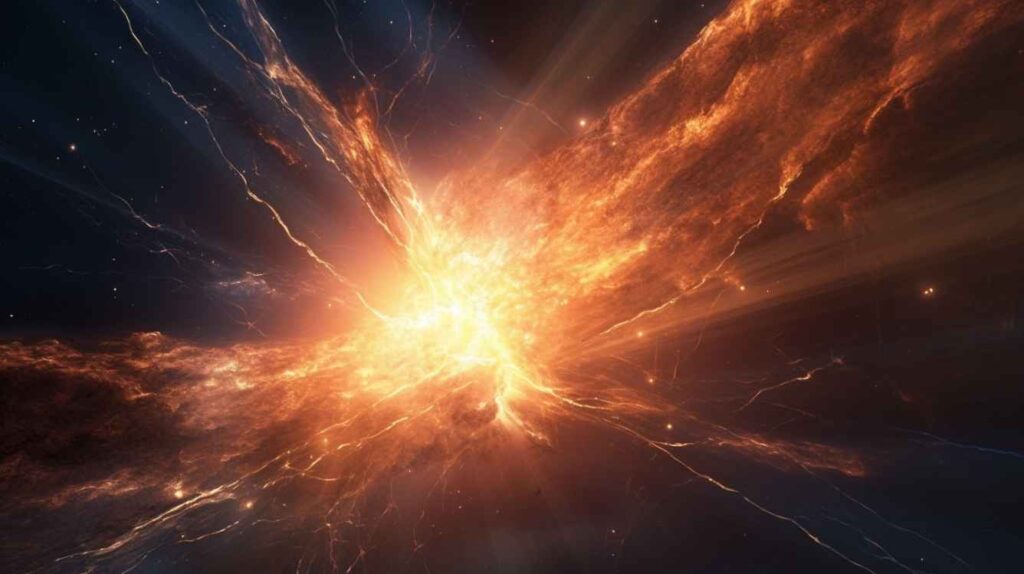
Radiation storms, characterized by their small well sizes, feature neutral resource extractors that can be captured. They also come with their unique set of effects. Radiation storms remove a significant amount of antimatter (200 units) from ships within the gravity well. Additionally, they drastically lower the rates at which antimatter, shields, and hull restore, and disable strike craft. Engagements within radiation storms demand careful resource management and fleet composition to overcome the challenging conditions.
Shattered Moon
Shattered moons, despite their small well sizes, possess neutral resource extractors that can be captured. These gravity wells have a special effect called “Armor Reduction” that removes a portion of ship armor (3 points) within the gravity well. Furthermore, it reduces damage inflicted on ships by 15%, providing a slight advantage during battles. Players must consider the altered defensive capabilities and adjust their strategies accordingly.
Stars
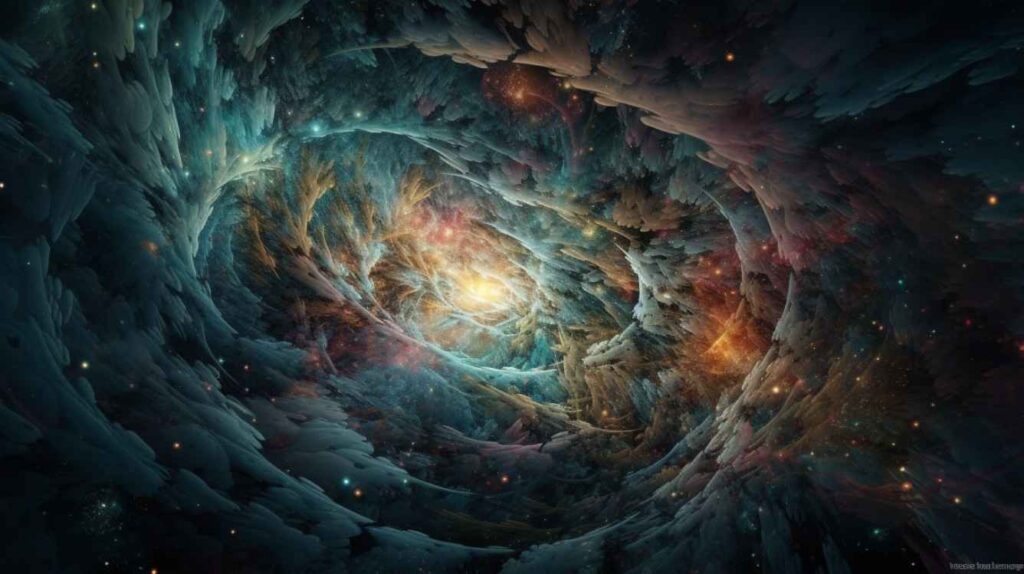
Stars, the central celestial bodies of star systems, emit significant amounts of solar radiation. They offer benefits to starships in the form of increased antimatter regeneration when absorbed. However, different stars have varying effects on gameplay:
Yellow Star
Yellow stars emit solar flares, which enhance shield regeneration by 20%. The intense energy output from yellow stars can provide a defensive advantage for ships within their proximity.
Blue Star
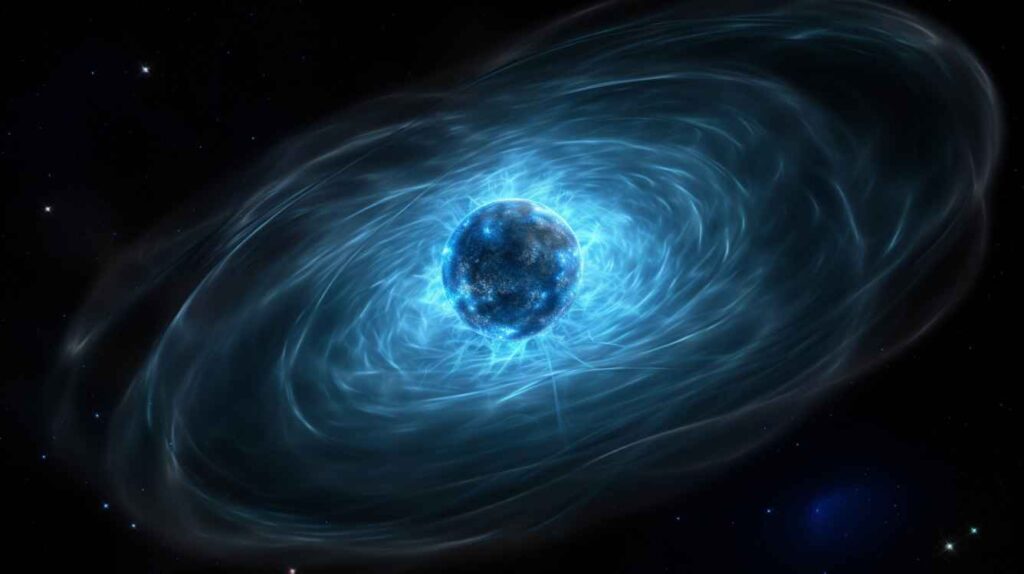
Blue stars possess solar storms that cause all ships within their gravity wells to suffer a 50% reduction in hull and shield regeneration rates. The hazardous environment surrounding blue stars challenges players to adapt their strategies accordingly.
Red Star
Red stars generate solar interference, interrupting weapon cooldown rates by 15% and reducing weapons range by 10%. Navigating and engaging enemies in red star systems require adjustments to weapon-based tactics.
Green Star
Green stars expose ships to gamma radiation, resulting in a 10% reduction in shield mitigation. It is crucial to consider the lowered defensive capabilities when operating in the presence of green stars.
Stellar Remnants
Stellar remnants are celestial objects that remain after stellar evolution processes. In Sins of a Solar Empire, these remnants offer unique challenges and effects for players to contend with:
Neutron Star
Neutron stars are small yet incredibly dense stellar remnants. Ships entering a neutron star’s gravity well experience the removal of 30% of their hull and 100% of their antimatter reserves. The intense gravity and destabilized phase space make maneuvering within a neutron star’s influence difficult.
Pulsar
Pulsars are rapidly spinning cores of dead stars that emit powerful waves of radiation. Ships within a pulsar’s gravity well endure 50% more damage and suffer a 50% reduction in accuracy due to jammed weapon sensors. Engagements near pulsars require caution and strategic planning to minimize losses.
Black Hole

Black holes, despite their destructive nature, can exist within star systems without annihilating planets. Ships in the vicinity of a black hole suffer 50 points of damage periodically. Additionally, black holes slow down phase jump speeds by 50% and reduce ships’ phase jump acceleration by 350%. Navigating near a black hole demands careful consideration and alternate travel routes.
Wormholes
Wormholes provide instantaneous two-way travel between specific pairs of connected points on the map. To utilize a wormhole initially, ships must be sent to it directly rather than ordering them to the connecting wormhole. Once a wormhole has been traversed, ships can subsequently be ordered directly to the connected wormhole. Wormholes’ gravity wells typically contain only the wormhole itself, allowing for the construction of starbases.
Conclusion
Understanding the diverse range of planet types, including colonizable gravity wells and uncolonizable gravity wells, is crucial for success in Sins of a Solar Empire. Each planet type offers unique advantages and challenges, shaping strategic decisions and gameplay experiences. Navigating the vast expanse of space requires careful consideration of planet types, stellar remnants, and other celestial objects. By harnessing the strengths of different planet types and capitalizing on their resources, players can forge powerful empires and dominate the galaxy.













